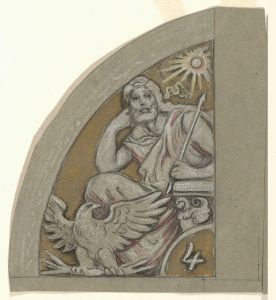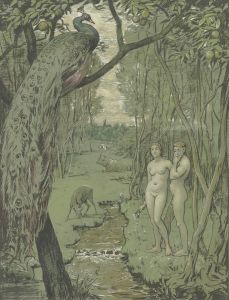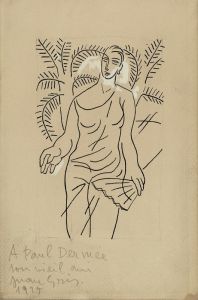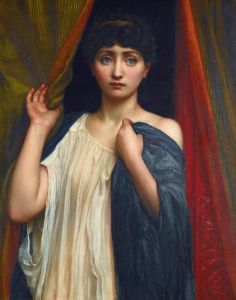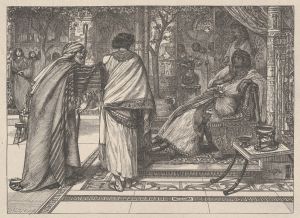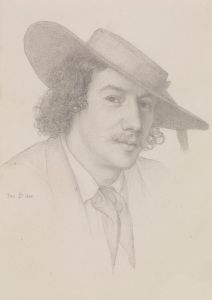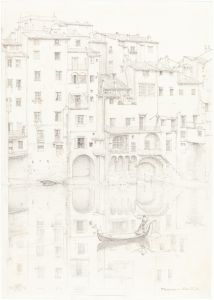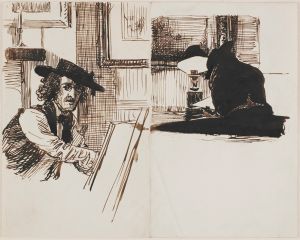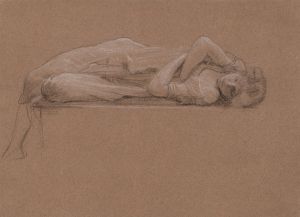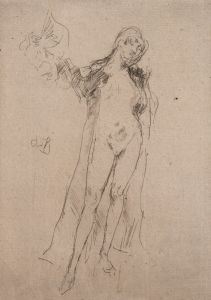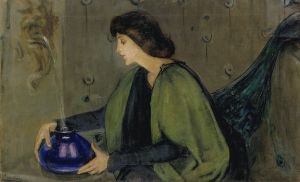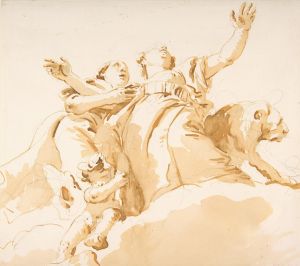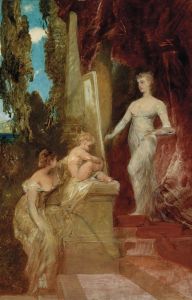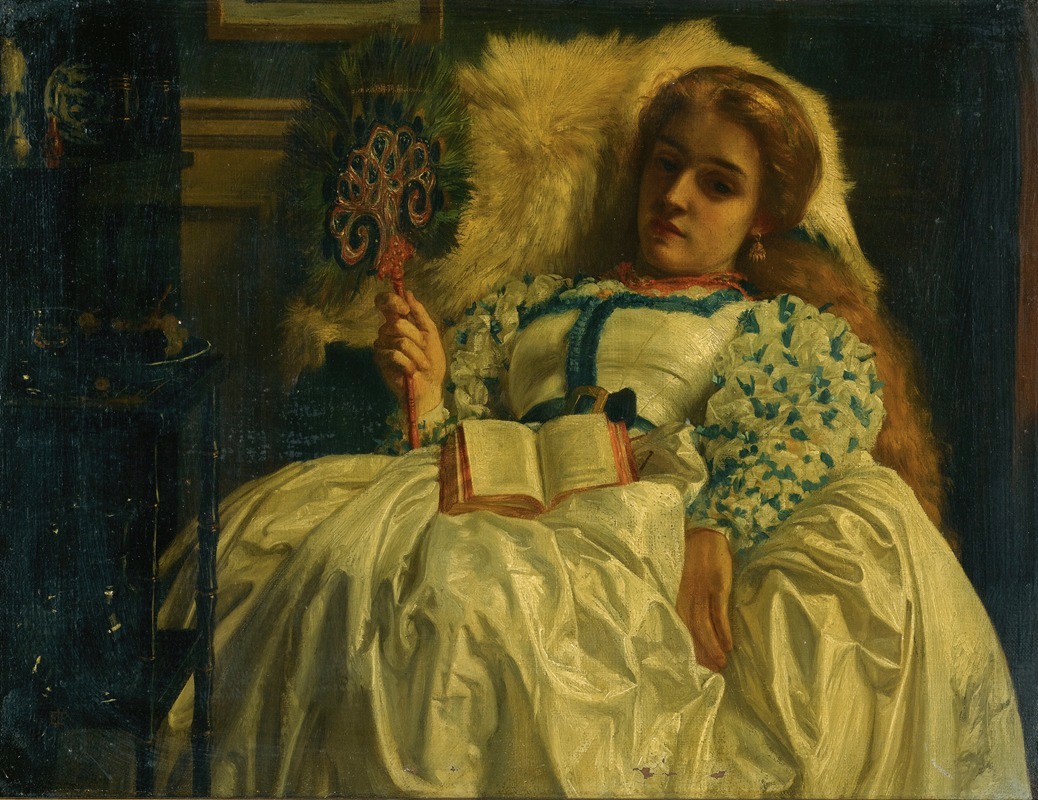
The Peacock Fan
A hand-painted replica of Edward John Poynter’s masterpiece The Peacock Fan, meticulously crafted by professional artists to capture the true essence of the original. Each piece is created with museum-quality canvas and rare mineral pigments, carefully painted by experienced artists with delicate brushstrokes and rich, layered colors to perfectly recreate the texture of the original artwork. Unlike machine-printed reproductions, this hand-painted version brings the painting to life, infused with the artist’s emotions and skill in every stroke. Whether for personal collection or home decoration, it instantly elevates the artistic atmosphere of any space.
"The Peacock Fan" is a painting by the British artist Edward John Poynter, completed in 1904. Poynter was a prominent figure in the Victorian art scene, known for his classical themes and meticulous attention to detail. He was part of the academic art tradition, which emphasized historical and mythological subjects, often with a focus on realism and technical skill.
The painting depicts a richly dressed woman holding an ornate peacock fan, a symbol of luxury and exoticism during the Victorian era. The subject is seated in an opulent interior, surrounded by lavish textiles and decorative elements that reflect the Aesthetic Movement's influence, which celebrated beauty and art for art's sake. The use of vibrant colors and intricate patterns in the painting showcases Poynter's skill in rendering textures and his interest in decorative arts.
Poynter's work often drew inspiration from classical antiquity and the Renaissance, and "The Peacock Fan" is no exception. The composition and the subject's pose may evoke the elegance and poise found in classical portraiture. The peacock fan itself is a significant element, as peacocks were associated with immortality and beauty in various cultures, adding a layer of symbolism to the artwork.
Edward John Poynter was born in Paris in 1836 and trained at the Royal Academy of Arts in London. He became a leading figure in the British art world, serving as the President of the Royal Academy from 1896 to 1918. His works were well-regarded for their historical accuracy and artistic precision, and he was a key proponent of the academic style during a time when new movements like Impressionism were emerging.
"The Peacock Fan" reflects Poynter's dedication to the ideals of the Aesthetic Movement, which sought to create art that was beautiful and harmonious. This movement was a reaction against the industrialization and materialism of the time, emphasizing instead the importance of beauty and artistic expression. Poynter's painting captures this ethos through its elegant composition and the luxurious depiction of its subject.
While specific details about the model or the exact setting of "The Peacock Fan" are not widely documented, the painting remains a testament to Poynter's skill and his contribution to the art of his era. It exemplifies the blend of classical influences and the Aesthetic Movement's principles, making it a notable work in the context of late 19th and early 20th-century British art.
Today, Edward John Poynter is remembered as one of the leading artists of his time, and "The Peacock Fan" continues to be appreciated for its beauty and craftsmanship. The painting is a fine example of how Victorian artists like Poynter navigated the changing artistic landscape of their time, balancing traditional techniques with new aesthetic ideals.





